Evolution of acuteness in pathogen metapopulations: conflicts between “classical” and invasion-persistence trade-offs

Classical life-history theory predicts that acute, immunizing pathogens should maximize between-host transmission. When such pathogens induce violent epidemic outbreaks, however, a pathogen’s short-term advantage at invasion may come at the expense of its ability to persist in the population over the long term. Here, we seek to understand how the classical and invasion-persistence trade-offs interact to shape pathogen life-history evolution as a function of the size and structure of the host population. We develop an individual-based infection model at three distinct levels of organization: within an individual host, among hosts within a local population, and among local populations within a metapopulation. We find a continuum of evolutionarily stable pathogen strategies. At one end of the spectrum—in large well-mixed populations—pathogens evolve to greater acuteness to maximize between-host transmission: the classical trade-off theory applies in this regime. At the other end of the spectrum—when the host population is broken into many small patches—selection favors less acute pathogens, which persist longer within a patch and thereby achieve enhanced between-patch transmission: the invasion-persistence trade-off dominates in this regime. Between these extremes, we explore the effects of the size and structure of the host population in determining pathogen strategy. In general, pathogen strategies respond to evolutionary pressures arising at both scales.
